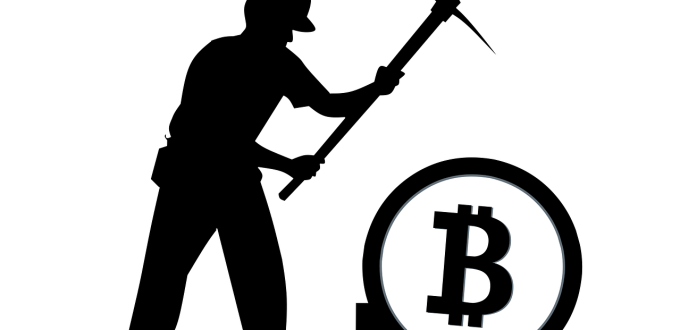Defining Bitcoin Mining
Bitcoin mining is the process in which new Bitcoins are created by solving complex puzzles. For solving puzzles, a computing system with a specialized chip is required. Many miners are competing to solve the puzzle. The Miner who solves the puzzle first is rewarded with new Bitcoin tokens. During mining, the transactions on the network are also confirmed.
In earlier days of Bitcoin, it was mined using desktop computers, with regular CPUs, but this process was extremely slow. Now mining pools are formed, which are spread over the entire world, to mine cryptocurrencies. Mining systems are combined, to mine cryptocurrency, which consumes a huge amount of electric energy.
It is for this reason Bitcoin mining is also criticized and has come under the scrutiny of the environmentalists. Miners are now looking to identify new ways through which they can reduce the utilization of energy or could utilize renewable energy sources to minimize the impact of Bitcoin mining on the climate.
Similar to gold, mining Bitcoin requires large powerful machines. These large systems are used to solve complex puzzles, created by the algorithm of Bitcoin, to produce new coins.
Solving complex puzzles, also assist in making the network trustworthy by verifying the transaction information. 1MB worth of transactions is verified by the miners, which also is the size of each block. The number of transactions in a block, varies from one transaction to thousands of transactions, depending upon the size of data each transaction holds. Transactions in Bitcoin are verified so that double spending can be avoided.
The transactions in the Bitcoin network are collected in blocks and are then added to the blockchain. In a Bitcoin network, the records of blockchain are maintained by full nodes that also verify the transactions occurring on it. An entire history of the blockchain is downloaded by the Bitcoin miners, who also accumulate valid transactions into the block. If the block of assembled transactions is accepted and verified by the miners, a reward will be received by the miner.
After every 210,000 blocks or roughly after every four years, the block reward is halved. In 2009 it was 50; in 2013 it declined to 25, in 2016 it declined to 12.5. Currently, the reward is at 6.25.
The transaction fee is another incentive for the miners, which indulges them in the mining process. A transaction fee is received by the miners for verifying transactions that are combined in the block of transactions. When Bitcoin will reach its limit of 21 million and Bitcoins could not be minted any further, miners will only be rewarded with processing fees that are paid by network users. The fees will ensure that miners are making a profit from mining, thus keeping the network afloat. The idea is that, after the halving events, it is the competition for these fees that will cause them to remain low.
Disclaimer: The article should not be considered as any financial advice. It is advisable to conduct thorough research before investing.
Photo by – mohamed_hassan on Pixabay

